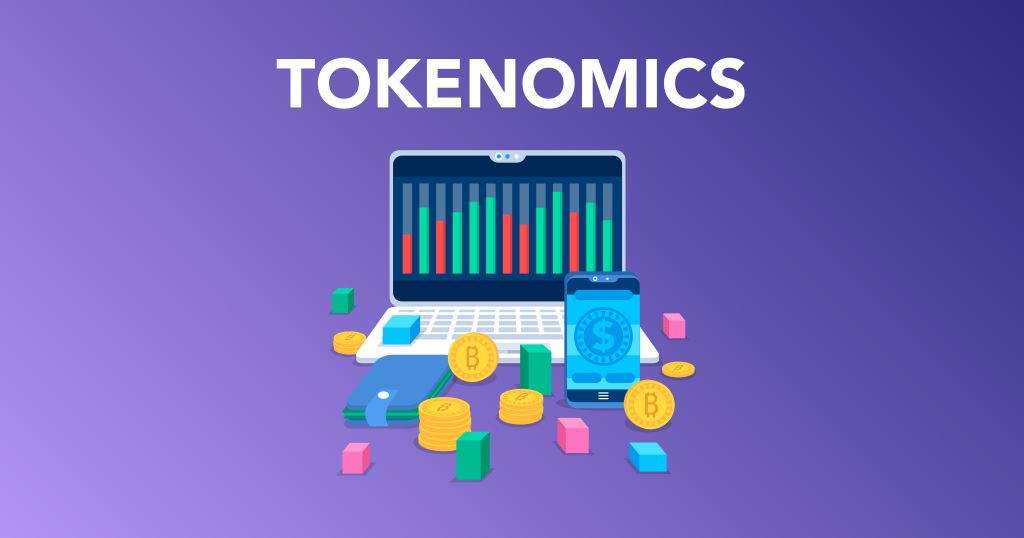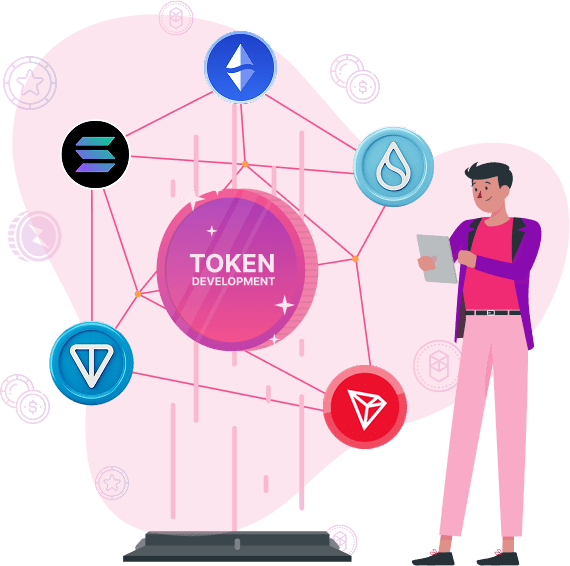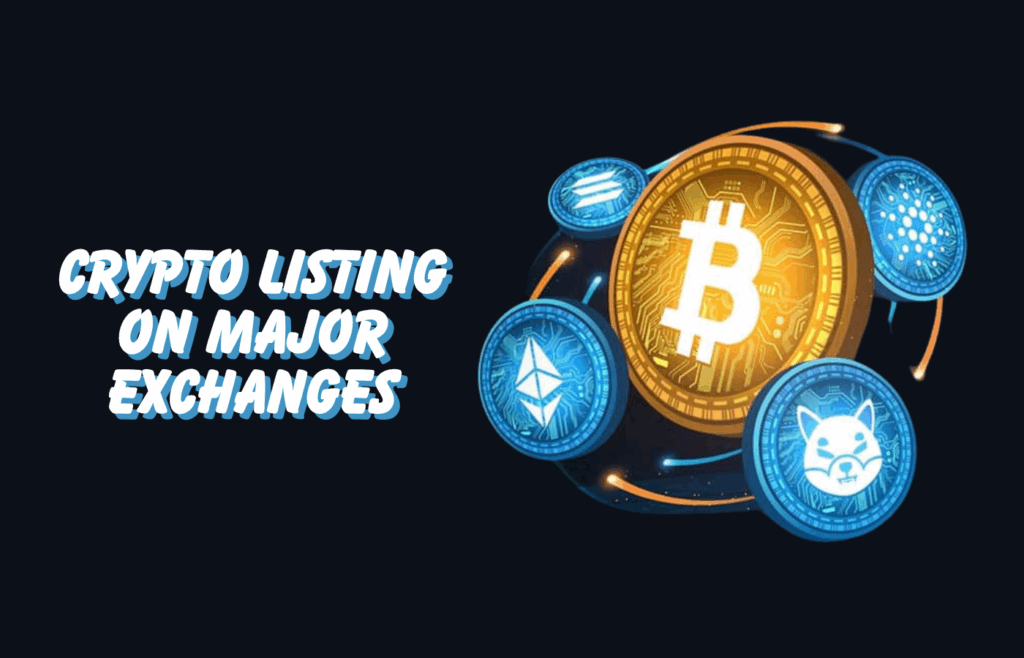Cryptocurrency is an exciting space, with new tokens launching almost every day. Some tokens achieve massive success, while others quickly fade into obscurity. Whether you’re an investor, developer, or crypto enthusiast, analyzing a new token launch is essential to understanding its potential for long-term success. With so many factors to consider, it can be overwhelming to know where to start. However, certain key metrics can help you evaluate a new token’s viability and determine if it’s worth your attention and investment.
In this guide, we’ll walk through the most important metrics to look at when analyzing a new token launch. These metrics go beyond hype and promises, allowing you to assess the core value, sustainability, and real potential of a cryptocurrency project.
1. Tokenomics: The Core of the Token’s Economy

Tokenomics is the economic structure behind the cryptocurrency—essentially, how the token is designed to function within its ecosystem. A token’s success often hinges on well-thought-out tokenomics, which should ensure long-term value, sustainability, and growth.
Key Tokenomics Metrics:
- Total Supply & Circulating Supply:
- Total supply refers to the maximum number of tokens that will ever exist, while circulating supply is how many tokens are currently available in the market.
- A token with an unlimited supply (like Dogecoin) can suffer from inflationary pressure, leading to a devaluation of the token over time. A fixed supply (like Bitcoin’s 21 million limit) can create scarcity, driving demand.
- Ensure the circulating supply aligns with the growth strategy and doesn’t flood the market too quickly, causing inflation.
- Inflation & Vesting Schedules:
- Tokens can become worthless if too many are released at once. Check if the project has a vesting schedule (a lock-up period) for early investors and team members. This prevents whales (large holders) from dumping tokens right after launch and ensures that token distribution is gradual.
- A controlled inflation rate is crucial for managing long-term value.
- Utility:
- Does the token serve a purpose? Many new tokens promise a utility but fail to deliver. A good token should be integrated into the ecosystem with clear use cases—whether it’s staking, governance, paying for goods/services, or serving as collateral for DeFi platforms.
- If the token is only valuable because of speculation, it’s a red flag.
- Burn Mechanism:
- Some tokens incorporate a burn mechanism, where a portion of tokens is removed from circulation after each transaction. This can help control inflation and increase the scarcity and potential value of the token over time.
2. Team & Development

The success of any cryptocurrency largely depends on the strength of its team and its development progress. A transparent, experienced, and capable team is often a good indicator that a project has the ability to evolve and navigate challenges.
What to Check:
- Team Experience:
- Look for the founders and developers behind the project. Have they worked on successful projects before? Do they have backgrounds in blockchain development, finance, or technology?
- Avoid projects with anonymous or unqualified teams, as they tend to have a higher risk of failure or fraud.
- Advisors:
- Does the project have reputable advisors or partners in the crypto or traditional finance space? Strategic partnerships can be a good signal that the project is legitimate and has a strong network.
- Development Progress:
- Check how active the development team is. Are they consistently pushing out updates and improvements on GitHub or similar platforms? Projects with ongoing development activity are more likely to succeed than those that stagnate.
3. Community & Social Proof

A token’s community plays a huge role in its adoption and success. An active, engaged community can create strong support for a project, increase user adoption, and drive demand. On the other hand, if a project has little community engagement or if the community is driven solely by speculation, it could indicate a lack of long-term sustainability.
What to Look For:
- Social Media Engagement:
- Look at how active the project is on social media platforms like Twitter, Telegram, Discord, and Reddit. Are there regular updates and transparent communication with the community? Is there a buzz around the project, or does it seem like a pump-and-dump?
- Also, check the community sentiment. Are people discussing real use cases and features, or is it all about price speculation?
- Telegram/Discord Activity:
- Join the project’s Telegram or Discord groups to gauge the activity level. A healthy community will have members discussing the project, helping each other, and collaborating with the team.
- Beware of projects with a “hype-only” mentality or those that lack meaningful community interaction.
- Partnerships & Collaborations:
- A strong community is often a sign of backing from trusted companies and influential individuals in the crypto space. Strategic partnerships with established projects or big names are a good indicator that the project is building real connections.
4. Market Liquidity & Exchange Listings

Liquidity refers to how easily you can buy or sell a token without significantly impacting its price. A lack of liquidity is a common issue for many new tokens and can lead to volatility or difficulty in entering or exiting trades.
What to Check:
- Liquidity:
- High liquidity means that the market can support large buy and sell orders without massive price slippage. Check liquidity pools on decentralized exchanges (DEXs) or trading volumes on centralized exchanges (CEXs).
- If the token is listed on top-tier exchanges (like Binance, Coinbase, or Kraken), it indicates that it has passed some level of scrutiny and is more likely to be legitimate.
- Volume and Spread:
- Look at the trading volume. A high trading volume suggests that there’s consistent interest and support from traders. Low volume can indicate that it’s difficult to trade the token, making it more susceptible to wild price swings.
- Ensure the spread (difference between bid and ask prices) is reasonable. A large spread may suggest the token is illiquid and prone to manipulation.
5. Security Audits & Smart Contract Risk
When analyzing a new token, one of the most critical factors to evaluate is the security of its underlying technology. Hackers often target new projects to exploit vulnerabilities, so it’s important to know if the token’s smart contract has been properly audited.
What to Look For:
- Security Audits:
- Has the token undergone a security audit from a reputable third party? An audit ensures that the project’s smart contract code is secure and free from vulnerabilities. Projects without an audit are riskier and more likely to fall victim to hacks or bugs.
- Auditors like Certik, Quantstamp, and Hacken are some of the best-known names in the space.
- Code Transparency:
- Is the token’s code open-source? Projects with open-source code allow anyone to review and improve the code, fostering greater transparency and community trust.
- If the project’s code is closed or obfuscated, it could signal that the team is hiding something.
6. Roadmap & Future Plans
The roadmap is essentially the blueprint for the project’s growth and development. A clear, actionable roadmap indicates that the team has thought carefully about how to evolve the project and deliver on its promises.
What to Check:
- Realistic Milestones:
- Review the project’s roadmap. Are the milestones achievable and clearly defined? Be wary of overly ambitious promises that sound too good to be true, as many projects fail to meet unrealistic goals.
- Look for projects with short-term, intermediate, and long-term goals that include actual product development, network improvements, and user adoption strategies.
- Delivery on Promises:
- Check whether the project has delivered on its past milestones. Has it met deadlines in the past, or has the team failed to deliver as promised? A history of missed milestones is a red flag.
Conclusion: Look Beyond the Hype
In the crypto world, it’s easy to get swept up in the excitement of a new token launch, especially when social media and influencers are driving massive attention. But due diligence is essential. By focusing on the metrics that actually matter—like tokenomics, team experience, community engagement, liquidity, security audits, and roadmap progress—you can better assess whether a token has the potential to succeed in the long term or if it’s just another fleeting trend.
Remember: a successful cryptocurrency isn’t just about hype or quick profits. It’s about solving real-world problems, building a strong community, and having a sustainable economic model that holds up over time. By understanding and analyzing these key metrics, you’ll be in a much better position to make informed decisions about new token launches.




Comments are closed